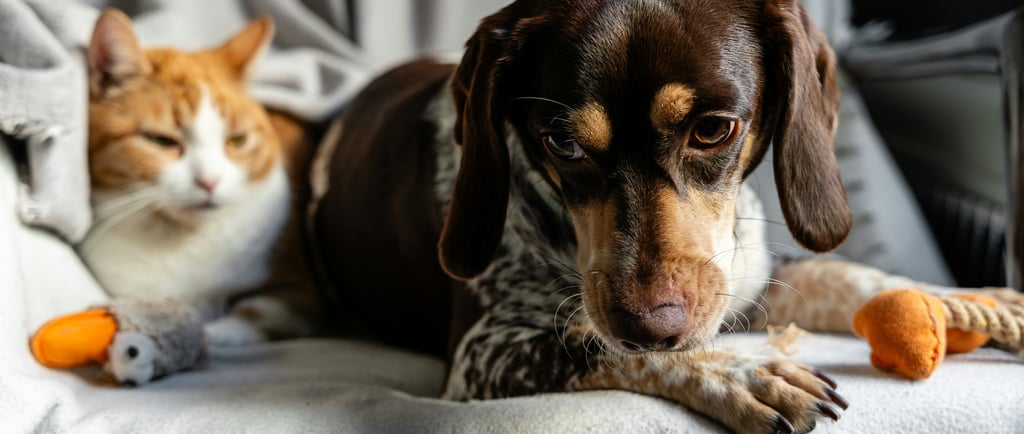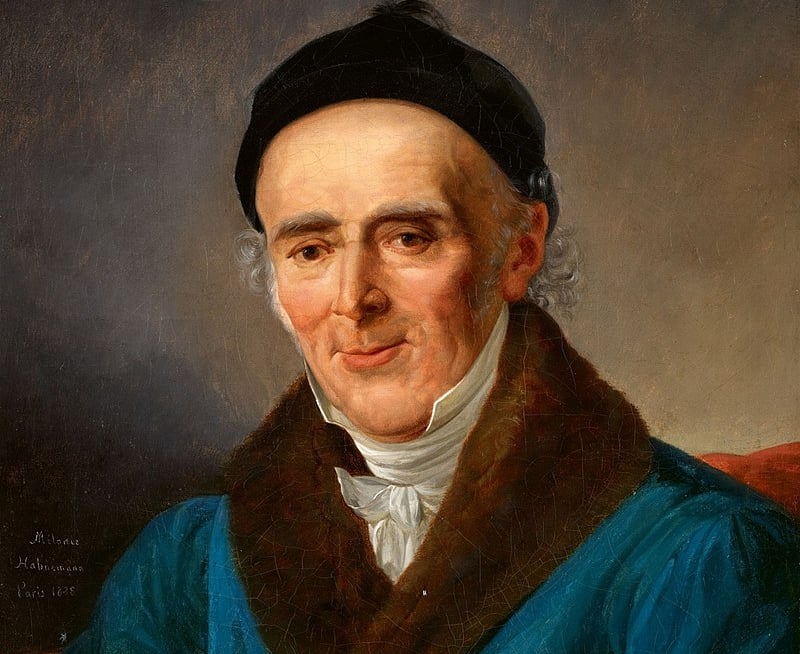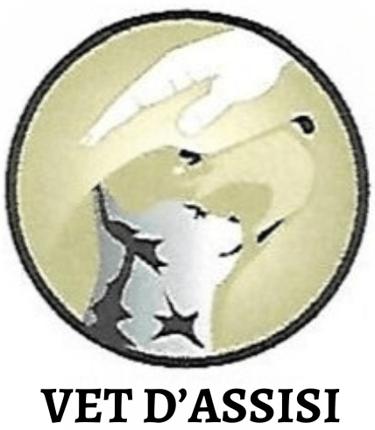

Unfortunately, many cases in Veterinary Medicine are still considered unsolvable. Conventional medicine is a powerful ally for many illnesses in animals, but it also has its limitations. So what can be done when professionals or owners are left without answers in the face of a difficult case?
Integrative Veterinary Medicine may offer the solution, as it is a comprehensive medical approach that includes and combines various aspects of an animal’s life (physical, emotional, mental, social, environmental, and spiritual). Integrative treatments use therapeutic resources based on traditional knowledge, and they can also serve as palliative care in chronic conditions, for example.
As the name suggests, integrative medicine does not reject conventional medicine, on the contrary, in many cases both approaches are combined to help restore the animal’s health.
Among the treatments that make up integrative veterinary care, Homeopathy and Acupuncture are officially recognized as specialties by the Federal Council of Veterinary Medicine (CFMV) in Brazil. However, many other therapies are also used by professionals, including Ozone Therapy, Phytotherapy, Chiropractic, Flower Essences, Aromatherapy, Chromotherapy, Stem Cell Therapy, Anthroposophy, Reiki, and Family Constellation.


Homeopathy, the specialty I chose and that helped cure my bronchitis when I was a child, is based on the Vitalist Principle and the Law of Similars, first described by Hippocrates in the 4th century BC. Later, in the 18th century, the German physician Samuel Hahnemann established homeopathy as an alternative to the medical practices of his time in his seminal work "Organon of the Art of Healing".
Homeopathy is based on four fundamental principles: Law of Similars, Proving on Healthy Individuals, Minimum or Infinitesimal Doses, and Single Remedy prescription.
The main principle guiding homeopathic treatment - the Law of Similars - states that symptoms in people and animals can be cured by substances that are capable of producing those same symptoms in healthy individuals.
Homeopathic remedies are tested on healthy individuals to observe and describe the symptoms they produce. This process allows practitioners to understand the therapeutic properties of each remedy. The complete collection of these provings (symptom reports from test subjects) is compiled in books known as Materia Medica, with Hahnemann’s work considered the classical reference.
Minimum or infinitesimal doses were introduced by Hahnemann to prevent toxicity or adverse effects that could be caused by the raw substances.
Homeopathic remedies are prepared in a unique way, different from other therapeutic methods. The preparation involves succussion, which is a vigorous shaking at each stage of dilution. The goal of succussion is to potentize or dynamize the remedy, enhancing its therapeutic effect while eliminating toxic effects.
Veterinary Homeopathy
In the second half of the 18th century, Samuel Hahnemann (pictured below) cured a horse suffering from periodic ophthalmia (a recurring inflammatory eye condition) using the homeopathic remedy Natrum muriaticum.
From the 19th century onward, Hahnemann’s student Ernst Rückert and the veterinarian Guillaume Lux began treating animal patients with remedies like Aconitum, Bryonia, and Dulcamara. They are considered pioneers, or the "fathers", of veterinary homeopathy. Since then, several works have been written and published, such as "New Manual of Homeopathic Veterinary Medicine" by Gunther (1856), reflecting the growing interest in applying homeopathy to animals.


In Brazil, homeopathy has been recognized as a veterinary specialty by the CFMV (Federal Council of Veterinary Medicine) since 1995. It is also considered an excellent treatment option for animals worldwide.
For example, the cross-sectional study by Stanossek and Wehrend (2022) was important in investigating and quantifying the interest in naturopathy and complementary medicine (which includes homeopathy) among small animal veterinarians in Germany. A total of 785 questionnaires were collected across the country. Among the respondents, 679 professionals (85.4%) reported using naturopathy and complementary medicine in their patients. The most frequently used modality was commercial homeopathic complexes (70.4% of 478 veterinarians), while classical homeopathy was the third most commonly used therapy (44.3% of 301 professionals).
The main advantages of using naturopathy and complementary medicine, according to the study, were: expansion of therapeutic options (73.5%), client satisfaction (70.8%), and fewer side effects (63.2%).
According to a study by Mathie et al. (2007), which analyzed 1,431 clinical consultations by veterinary homeopaths in England, the most commonly treated conditions with homeopathy were arthritis, dermatitis, lameness, epilepsy, and diarrhea. Positive treatment outcomes were reported in 79.6% of canine patients and 79.8% of feline patients.
Similarly, a study by Campos, Benin, and Camargo (2010) aimed to determine the profile of veterinary homeopathic care at a university in Paraná, Brazil. Among the 55 animals treated, the most common complaints were skin disorders, followed by gastrointestinal issues and neoplasms.
In summary, interest in homeopathy continues to grow among veterinarians and owners, who are seeking alternative treatment approaches.
Discover how homeopathy can support any illness process, whether acute or chronic, restoring comfort and well-being to animals and their families. Learn more by clicking the button below!
References:
CAMPOS, F. L.; BENIN, L. A.; CAMARGO, V. M. F. Perfil do atendimento em homeopatia da Clínica Escola Veterinária (CEVET) da Universidade Estadual do Centro-Oeste (UNICENTRO), Paraná, Brasil. Ambiência Guarapuava (PR), v. 6, n. 2, p. 289-296, ago. 2010.
MATHIE, R. T. et al. Outcomes from homeopathic prescribing in veterinary practice: a prospective, research-targeted, pilot study. Homeopathy, v. 96, p. 27-34. 2007.
STANOSSEK, I.; WEHREND, A. Application of veterinary naturopathy and complementary medicine in small animal medicine – A survey among German veterinary practitioners. Plos one, v. 17, n. 2, p. 1-16. Feb. 2022.
